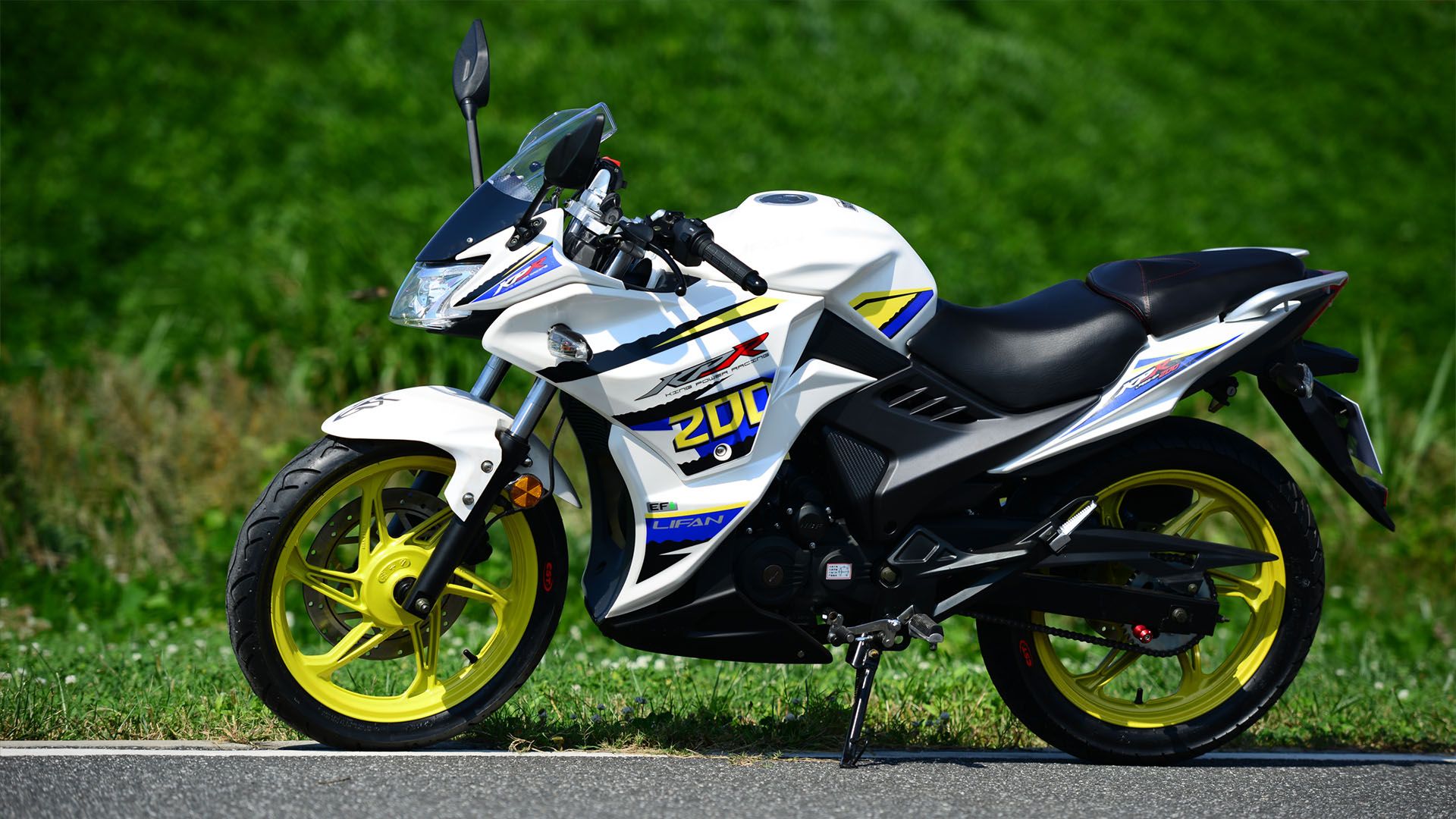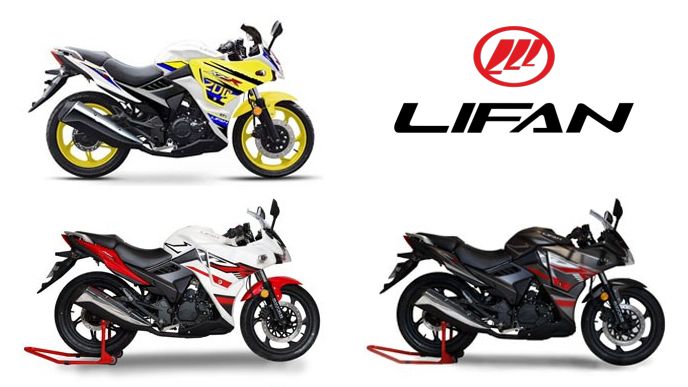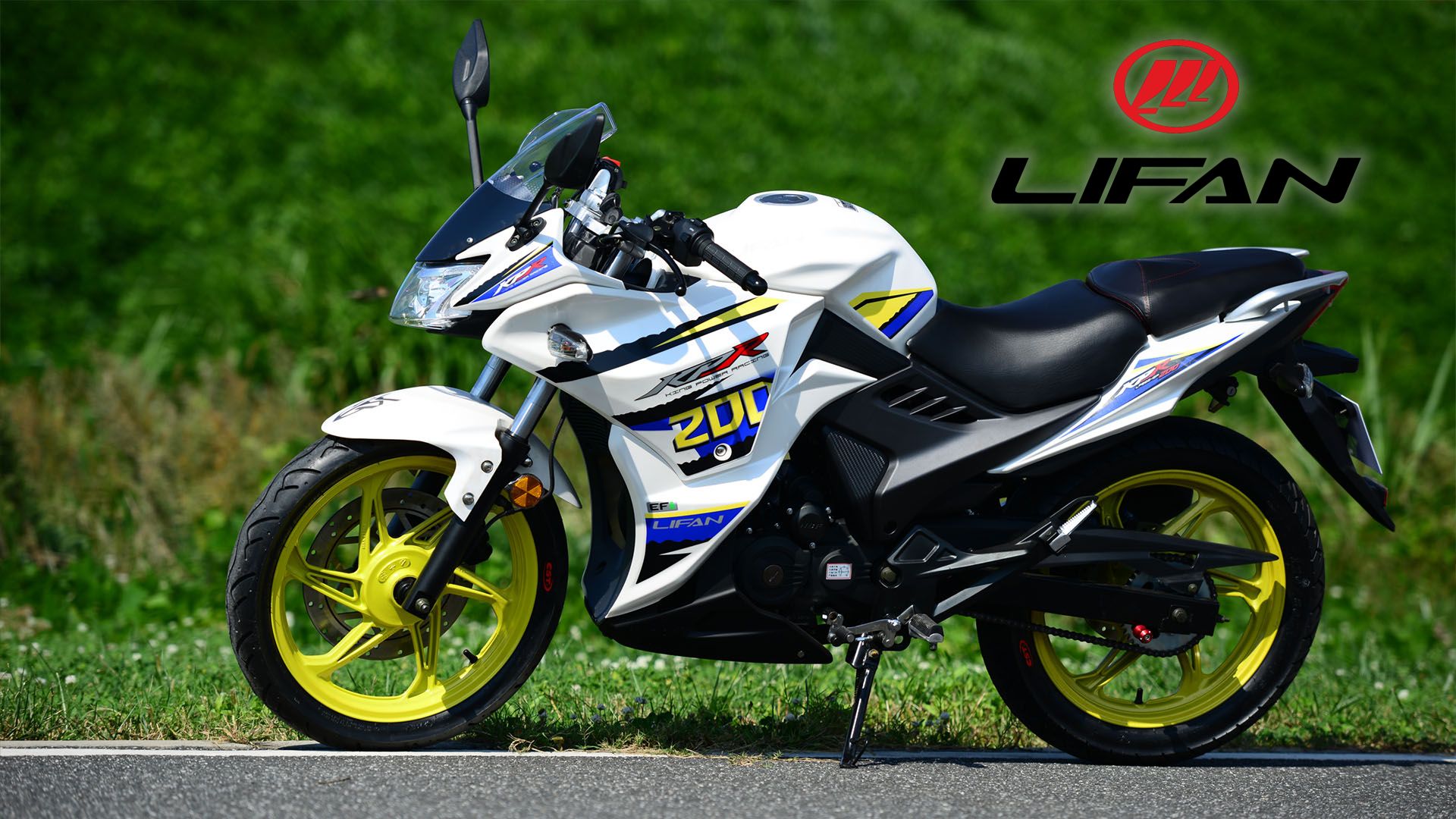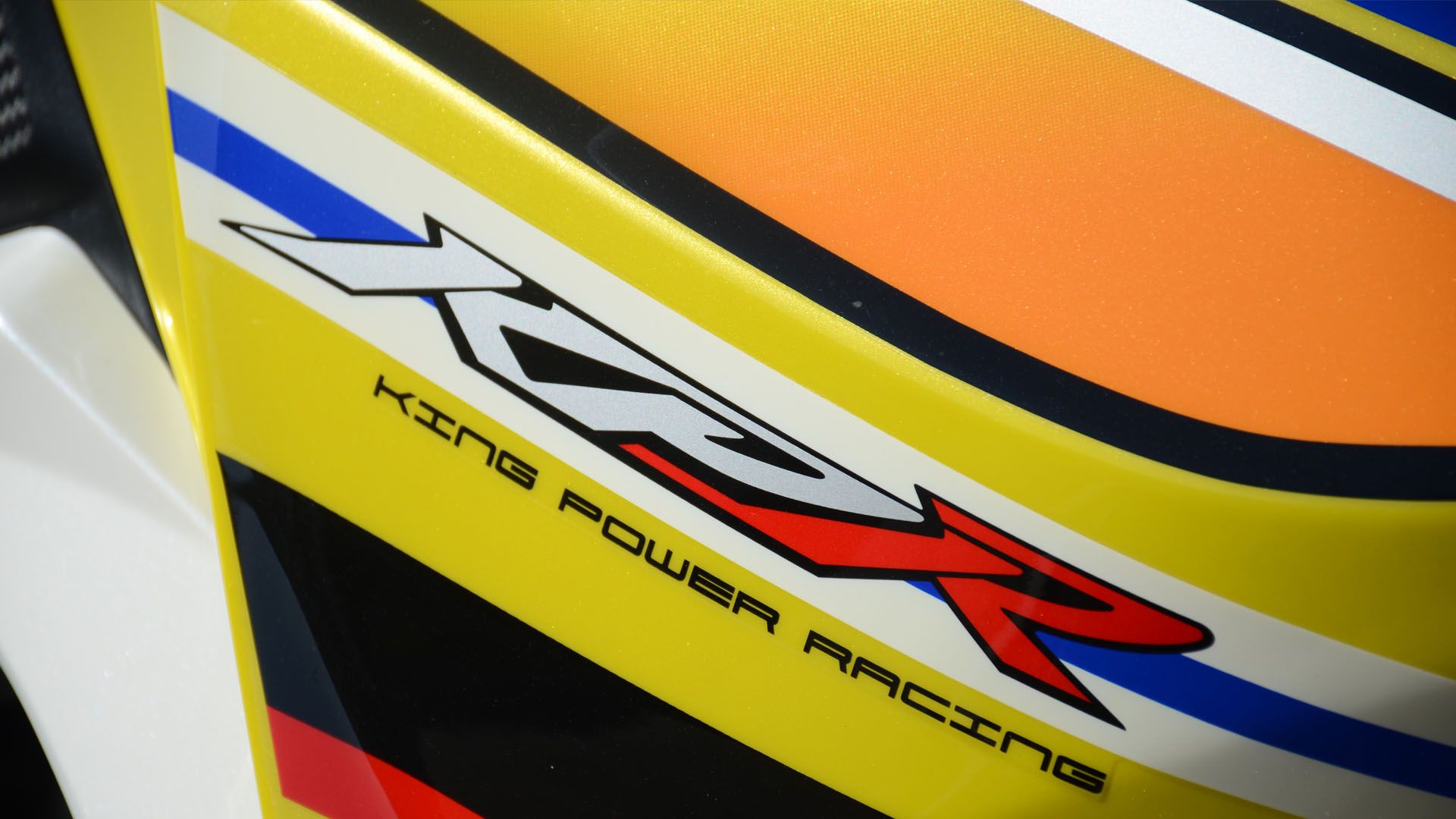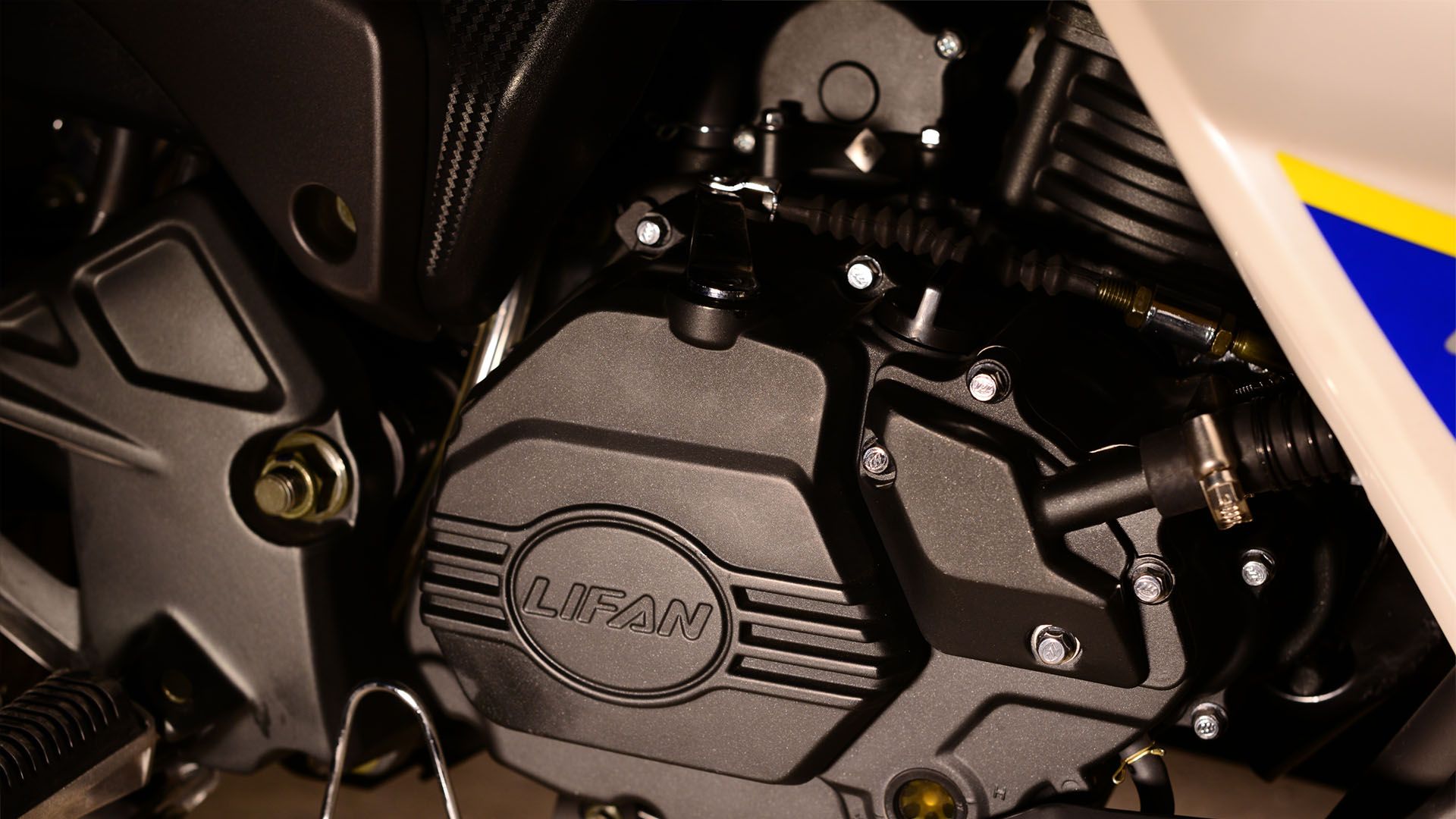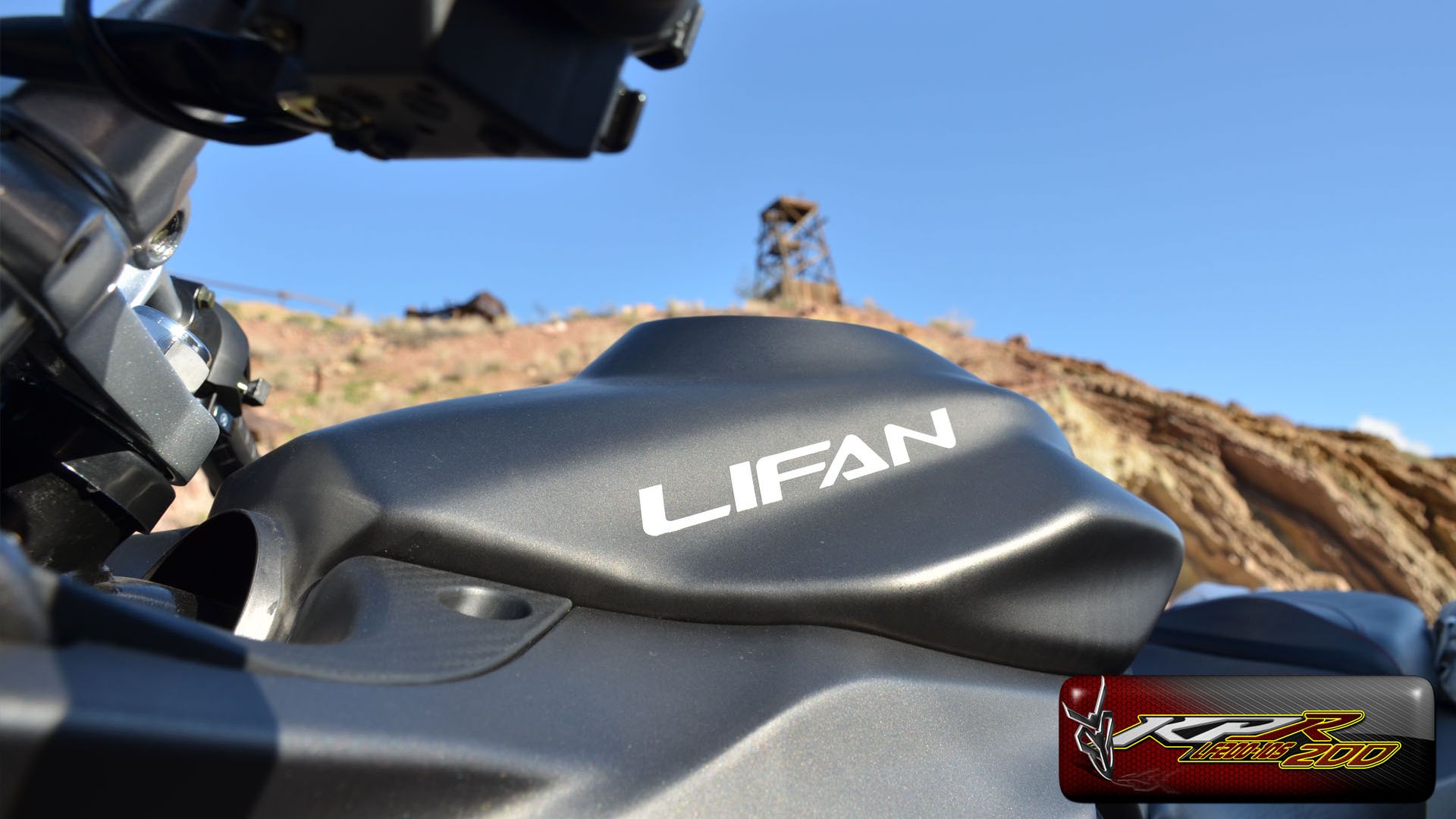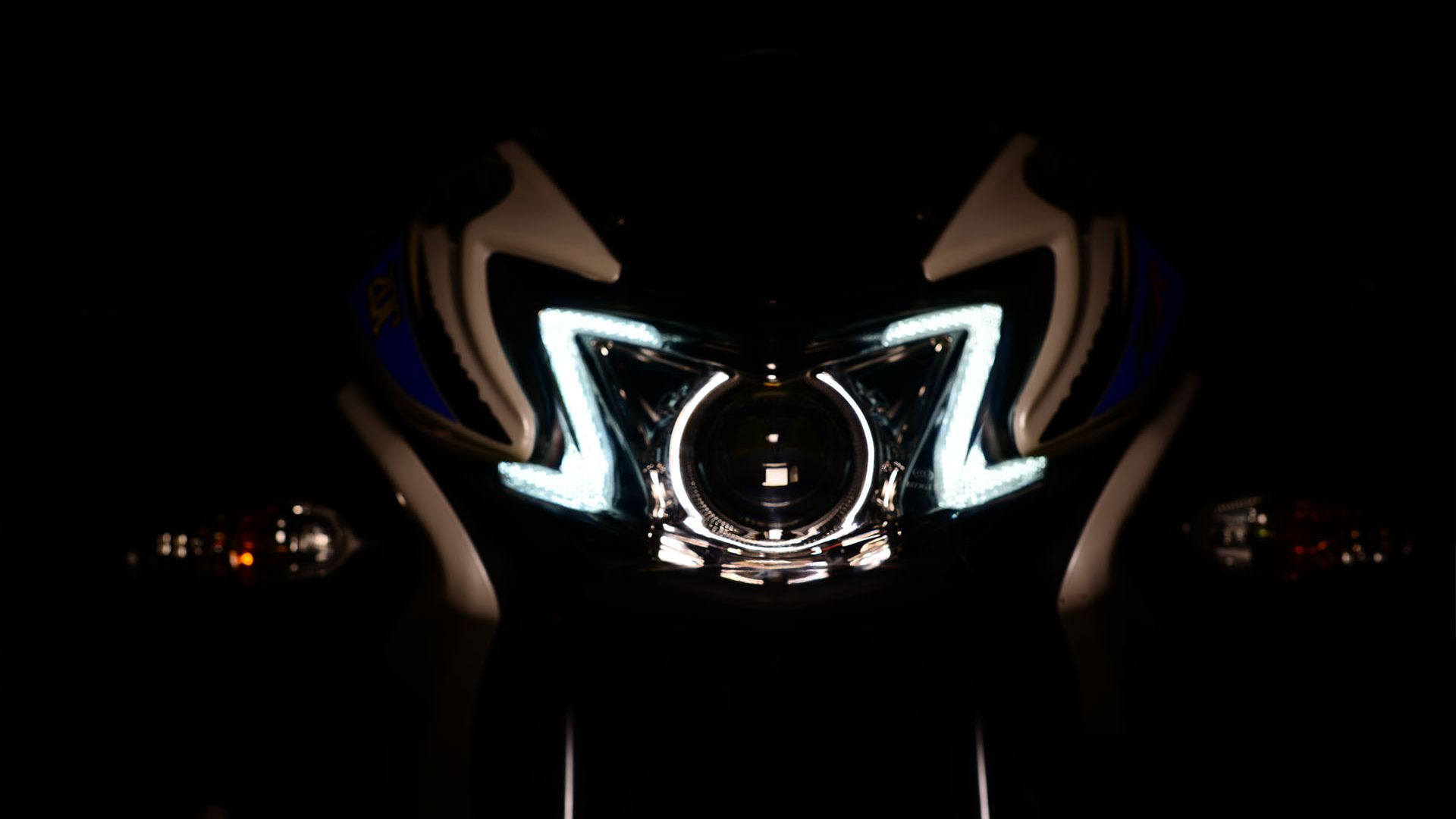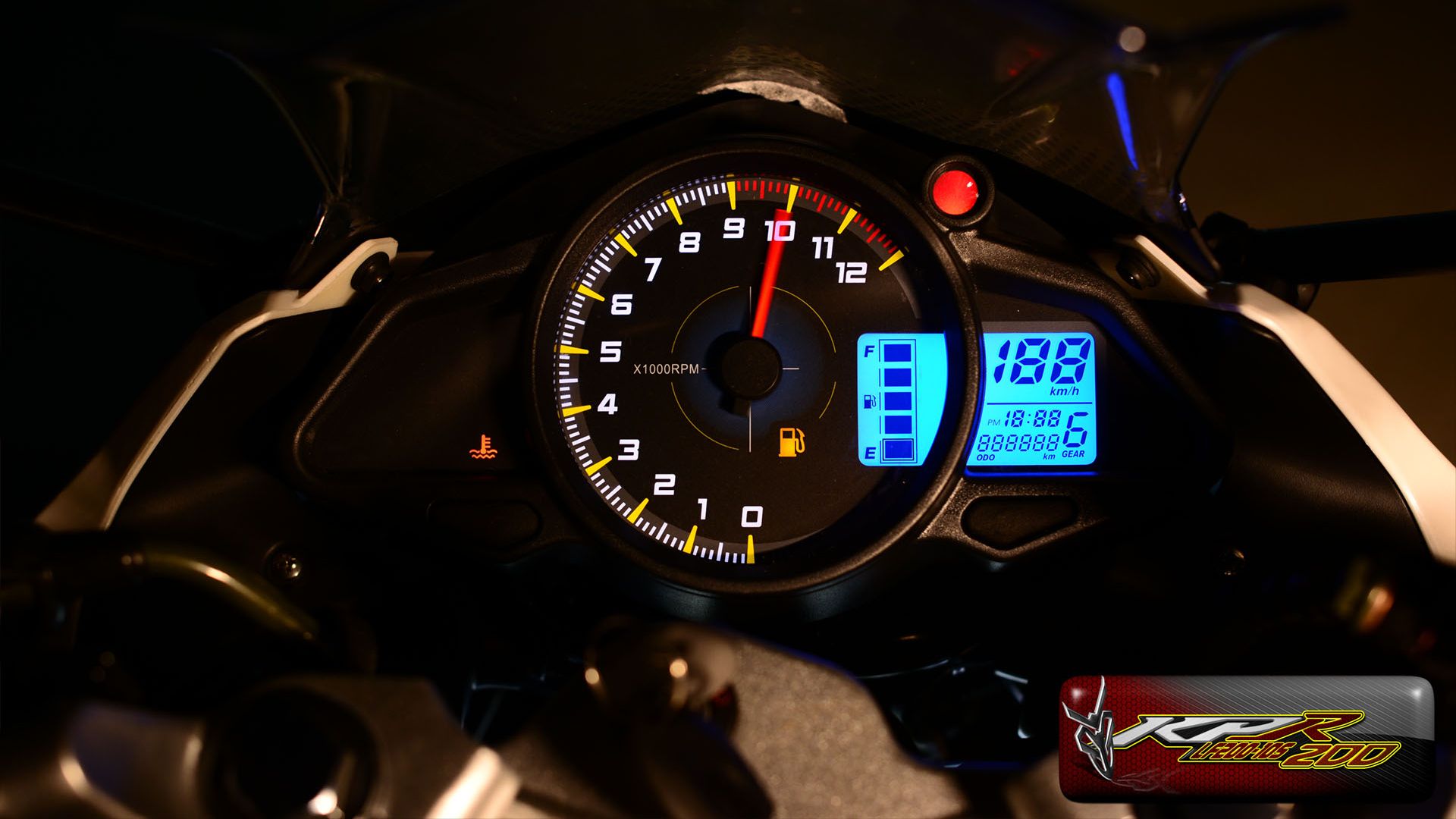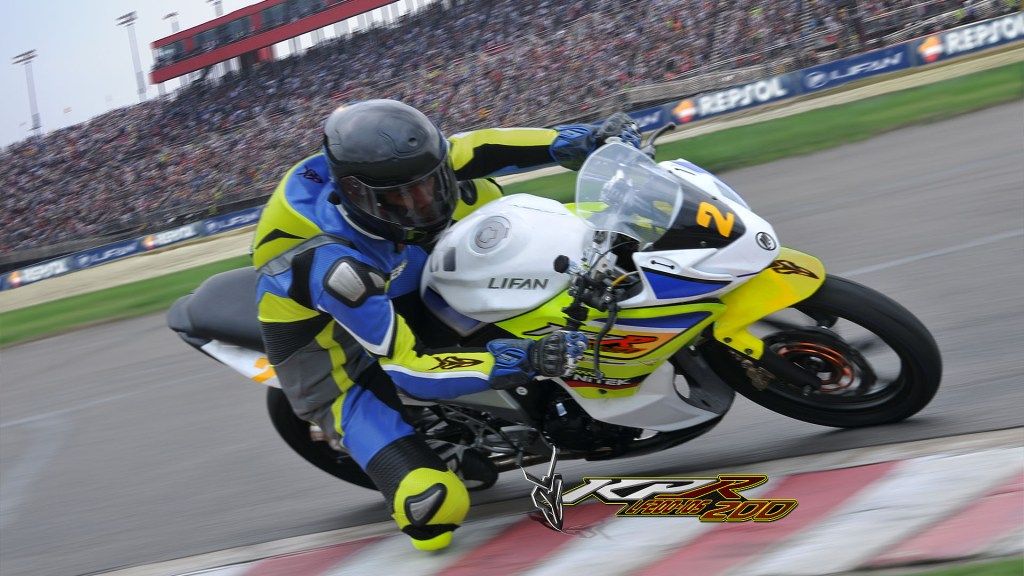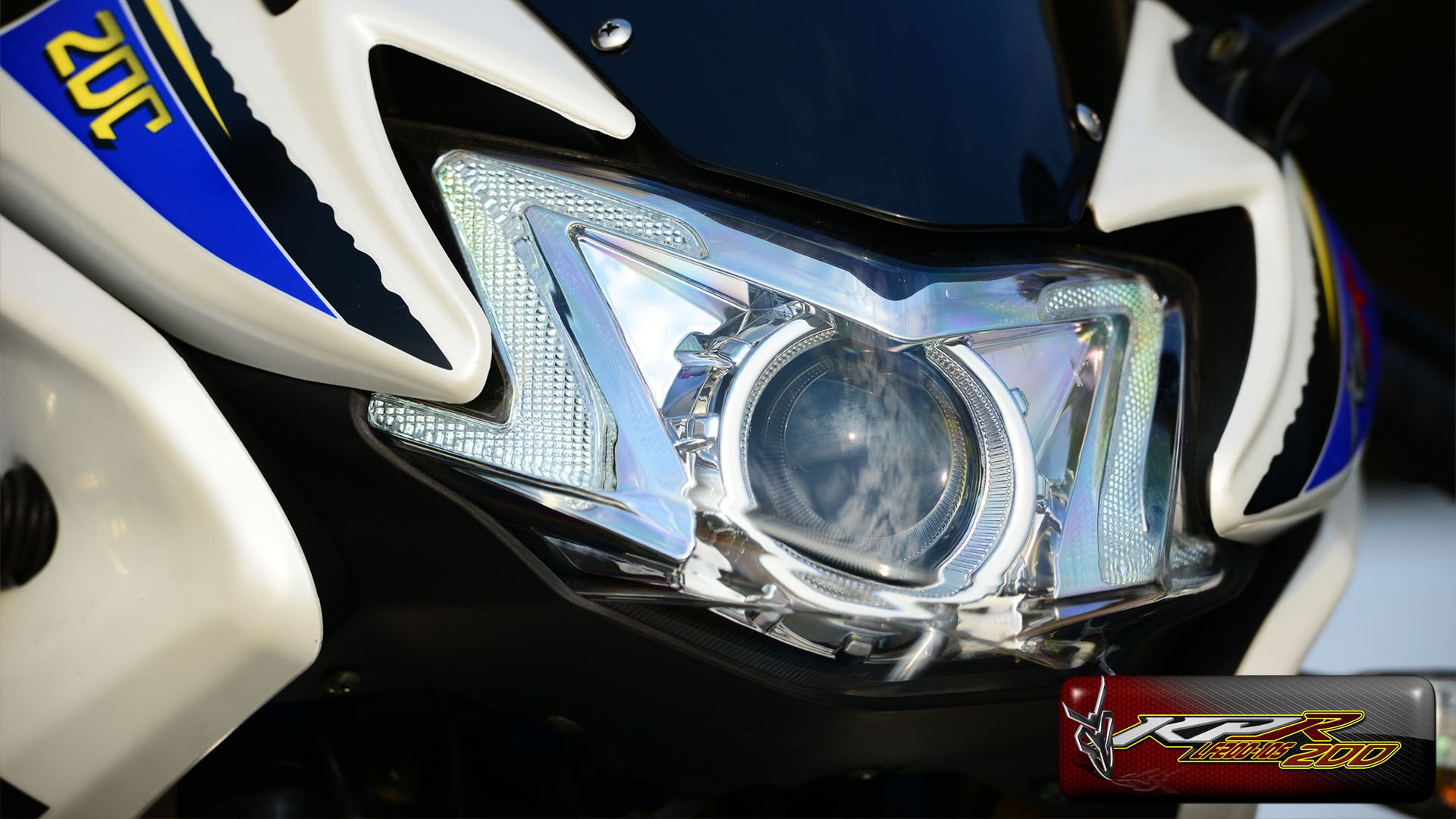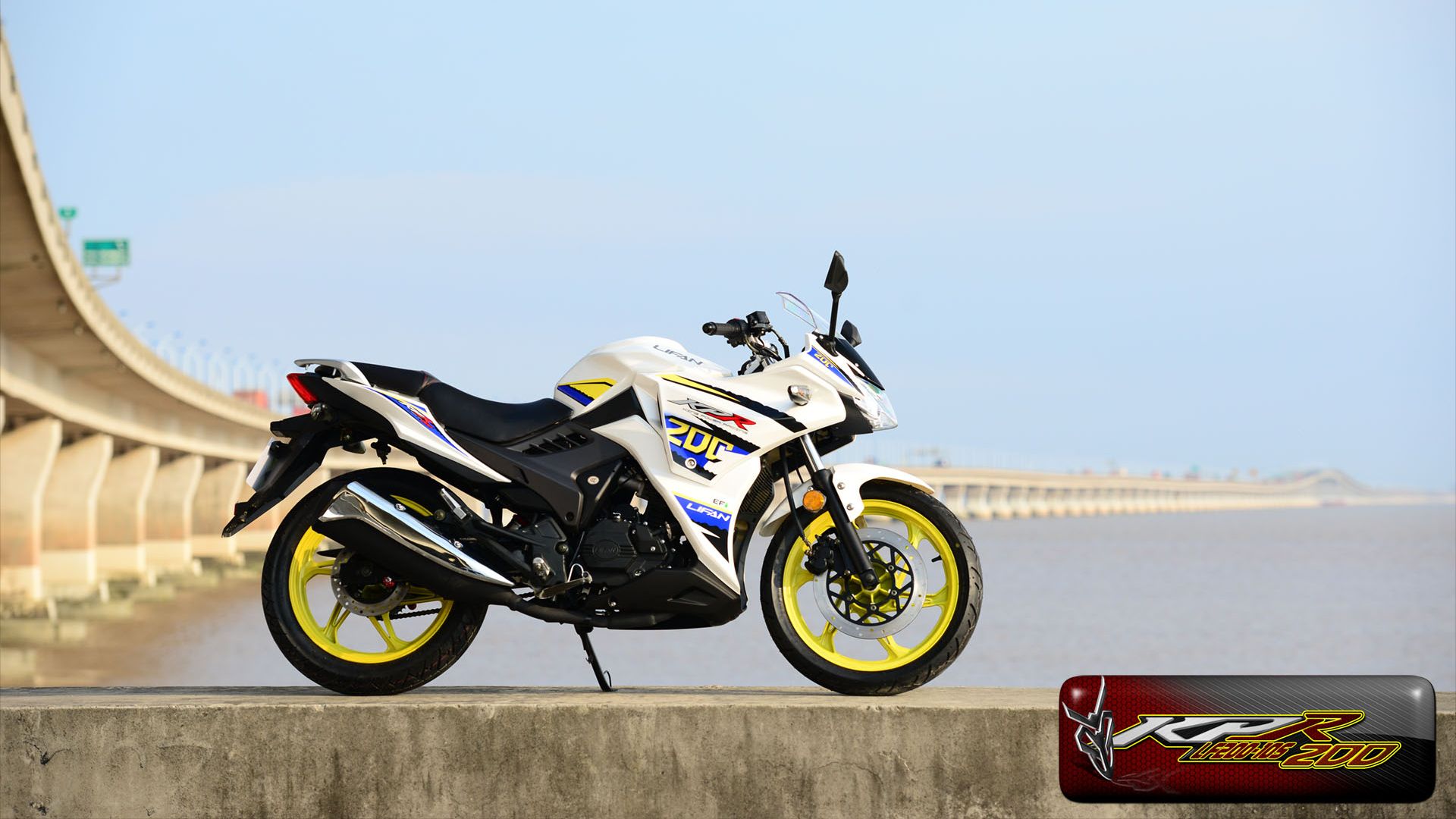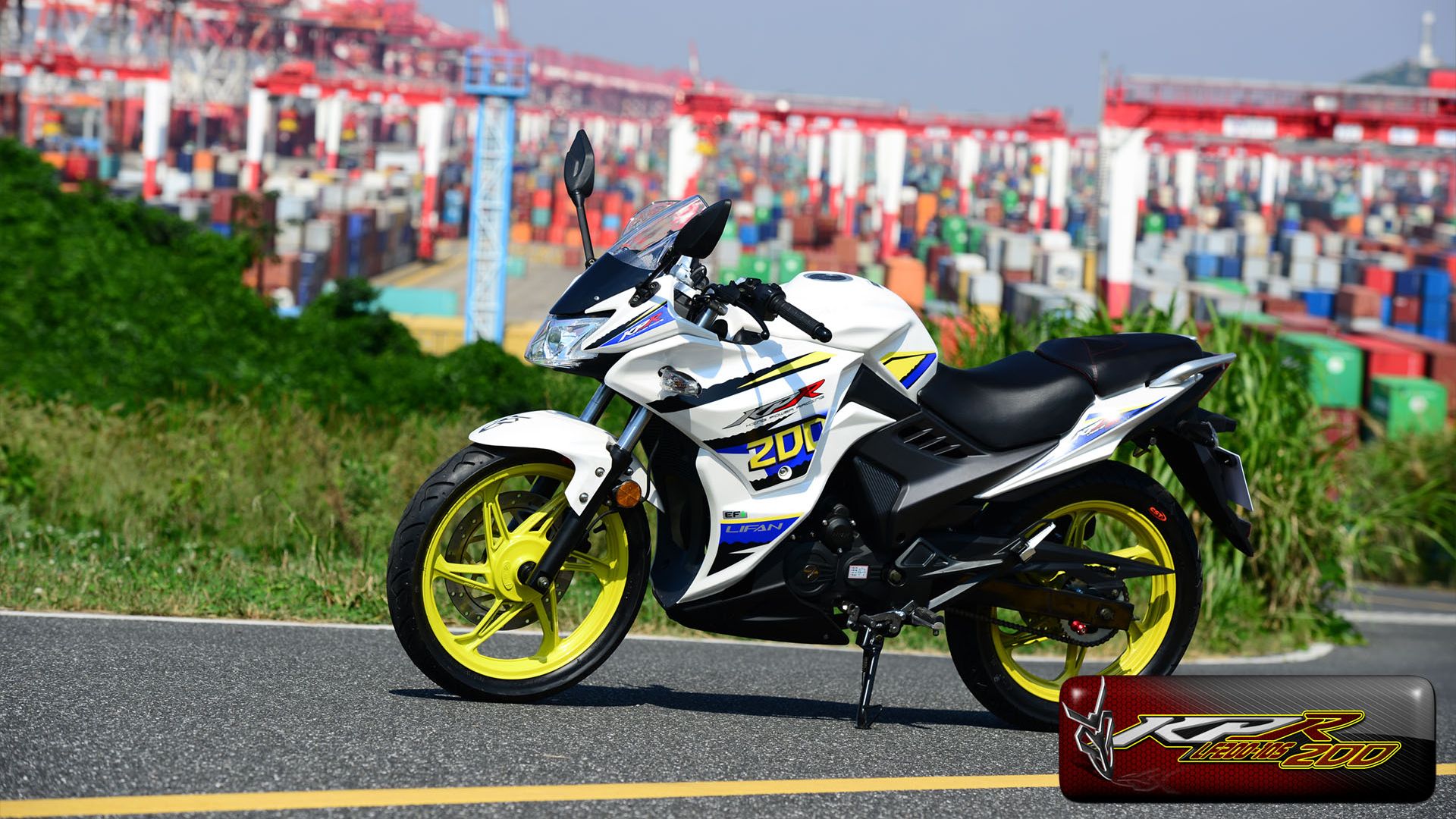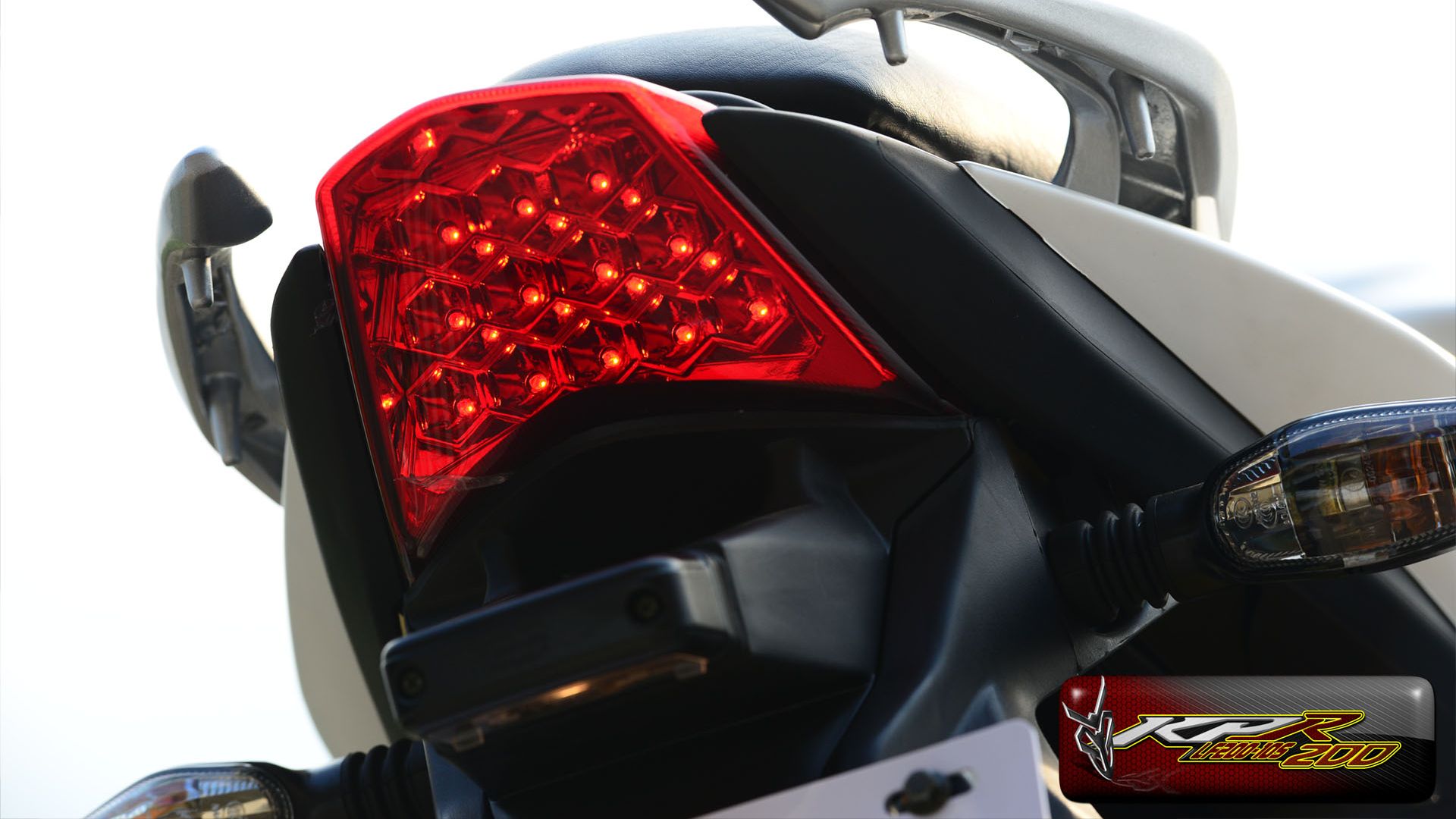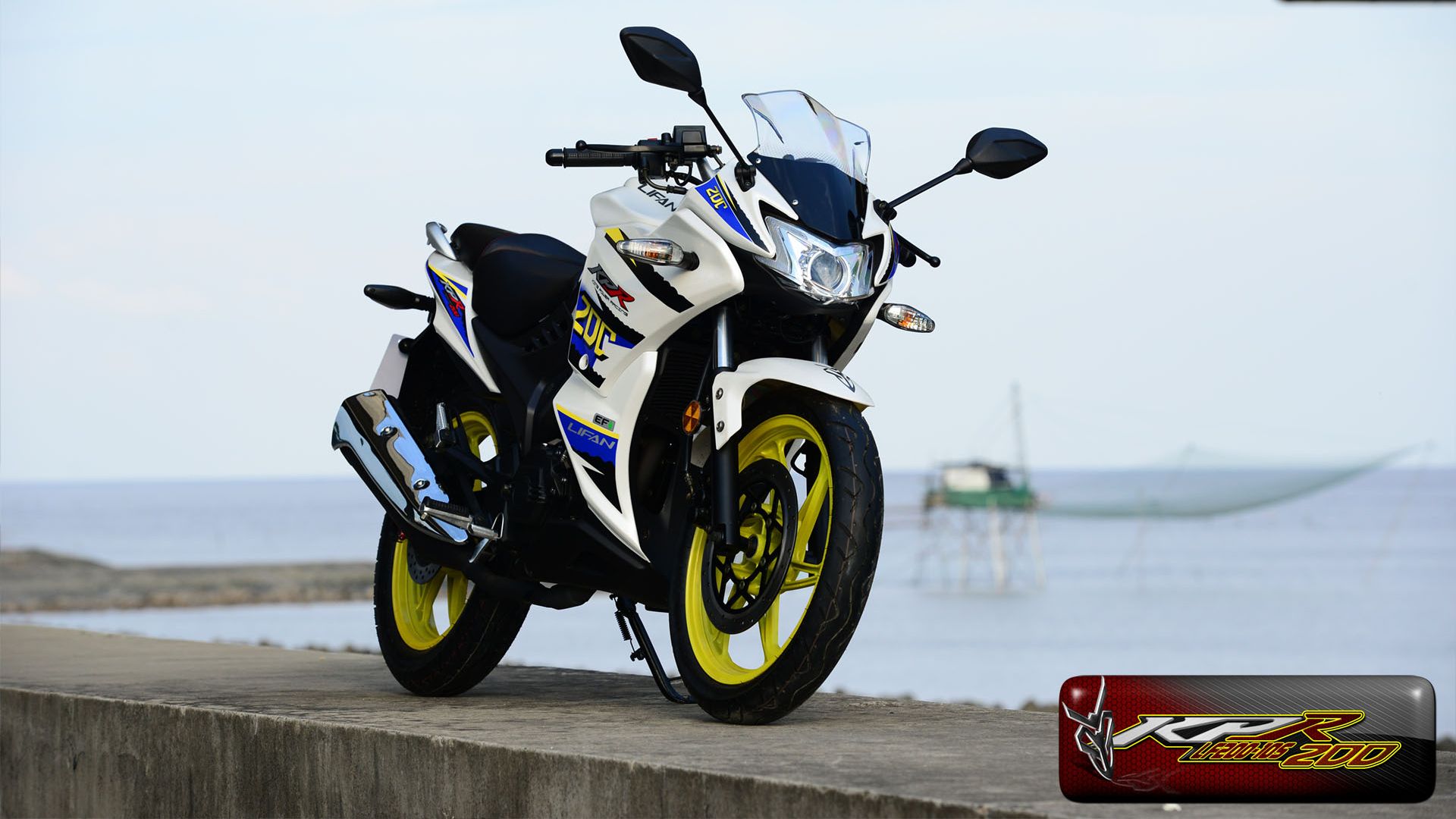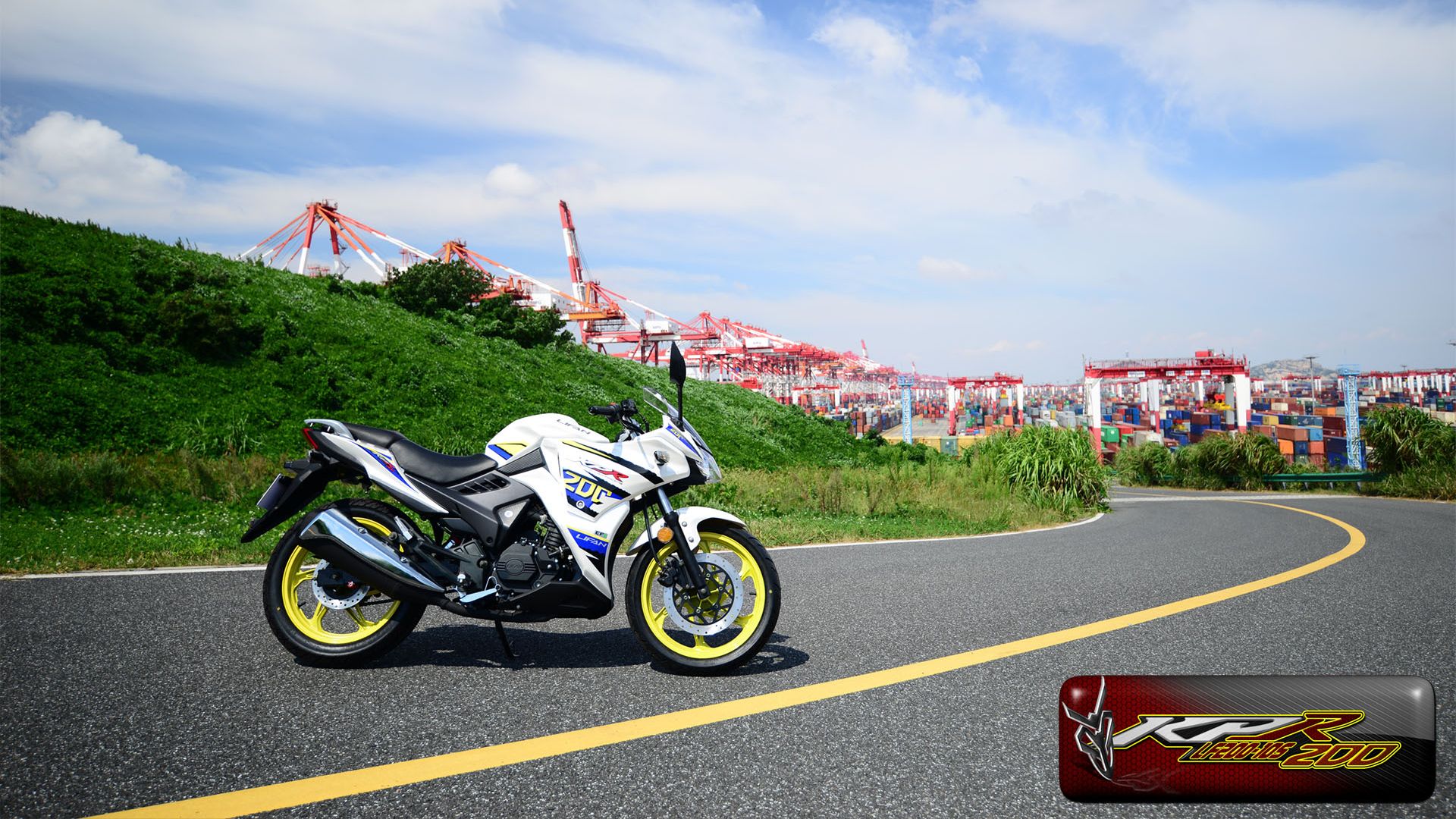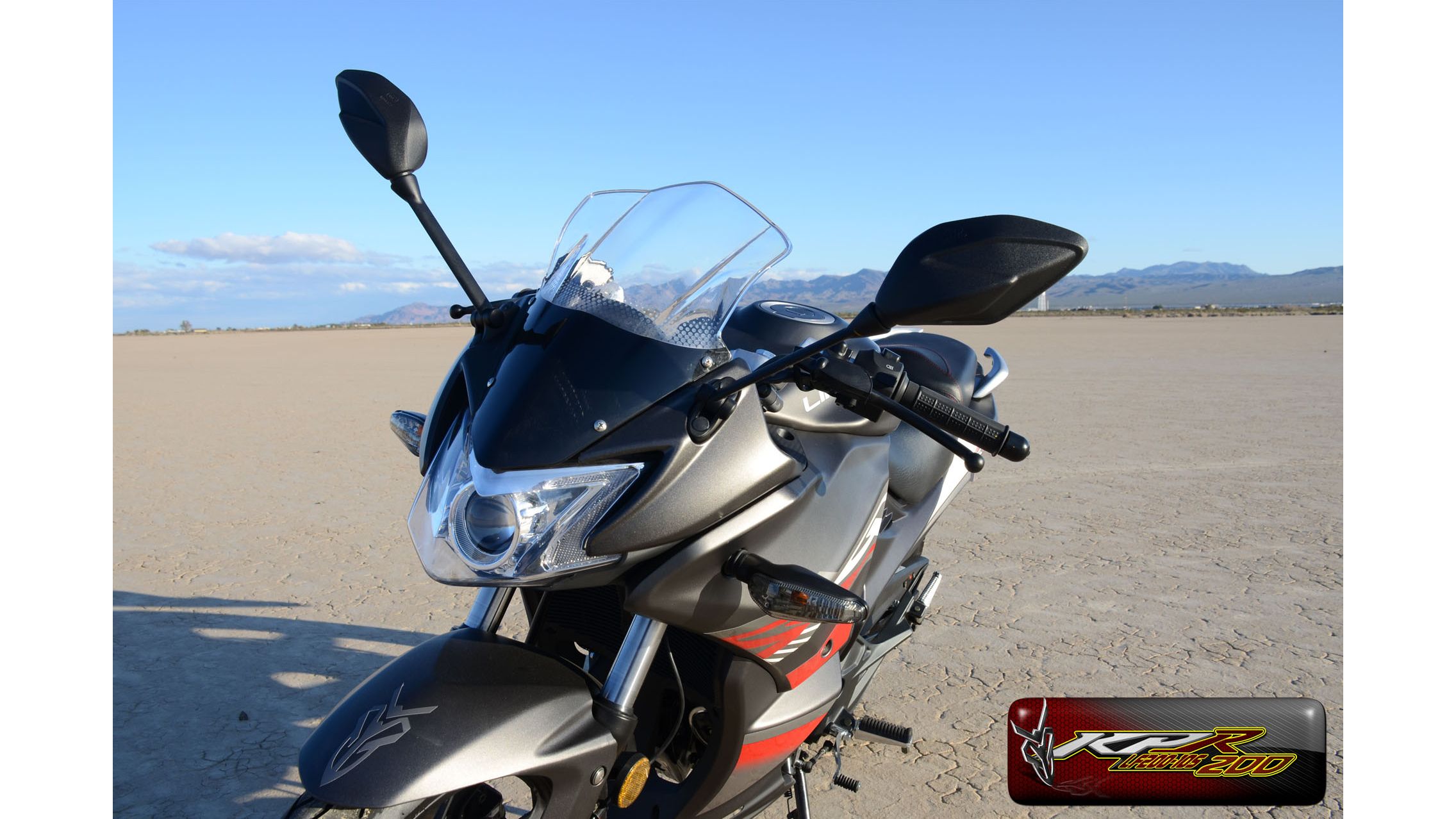Lifan, or Great Sail, is one of the heavy hitters of Chinese motorcycle manufacturing, and it's looking to expand its footprint into the U.S. market with the 17-horsepower, King Power Racing 200. The bike brings with it an impressive racing pedigree that includes 17 CRCC championships since 2012, and you just can't buy better press than what podium appearances provide. With so many manufacturers racing to the bottom of the displacement scale with the Big Four, European makers and even Harley-Davidson getting in on the action, the time has never been better to bring an entry-level 200 cc sportbike with racetrack handling into the domestic market. Public demand is high, so all manufacturers have to do is bring a quality product. Does Lifan deliver? We are going to dig in and see what Lifan has to offer, but the real proof will be in the first quarterly earnings statement after the KPR 200 hits U.S. showrooms.
Continue reading for my look at the Lifan KPR 200.
2017 Lifan KPR 200
- Make: Array
- Model: 2017 Lifan KPR 200
- Engine/Motor: inline-1
- [do not use] Vehicle Model: Array
Design
The KPR 200 would blend right in with a lineup of the current small-displacement crotch rockets from the Japanese Big Four. A projector-type cyclops headlight leads the way at the point of the fairing bracketed by a pair of “Z”-shaped DRLs that frame the headlight and give the entry a nice, modern look. The fairing supports a narrow flyscreen and slender mirror stems, but not the standoff-style turn signals; they come mounted slightly lower on the cheek fairings.
Clip-on bars and jockey-mount footpegs place the rider in a fairly aggressive riding stance over the sculpted tank that comes with knee pockets that will fit the average rider quite well, though six-foot-plus pilots may start to feel a bit cramped. The saddle is actually pretty plush, and at only 30.5-inches tall, makes for a friendly bike to Fred Flintstone around a parking lot.
A short rise in the subframe gives the passenger an elevated seating position with the usual oh shit handles on each side that also doubles as a handy place to hang one's bungee net for hauling some cargo. Below, an LED taillight terminates the subframe with tucked-under housing that tapers to the terminal point.
Standoff turn signals and a midguard-mount plate holder finish off the rear end, and I gotta say that Lifan missed an opportunity to clean the bike up a bit with its decision to set it up that way, but it isn't out of line with some of the other bottom-tier, GP-style bikes.
Chassis
A tubular-steel chassis supports the assembly with a rectangular cross-section, yoke-style swingarm to articulate the rear wheel. Cast-alloy rims mount 17-inch hoops with a 90/90 up front and 120/80 bringing up the rear, numbers that imply a certain amount of agility in the corners.
Standard front forks come with blackout sliders, but nothing in the way of adjustability; no big surprise for an entry-level ride. The rear shock comes with only the obligatory spring-preload adjustment, so yeah, the suspension is straight-up vanilla. Deal with it.
A four-pot caliper bites the large front disc, and since the bike weighs in at only 330 pounds wet, that single front disc is plenty. There's no ABS to clutter up the works, just honest braking and feedback that will help build a burgeoning rider's skillset. As a racebike, the KPR 200 is built to corner on its 52.4-inch wheelbase, so you can expect the handling to be quite nimble even if the top speed is less than awe inspiring.
Drivetrain
Lifan pushes the KPR 200 with a 198 cc thumper. Water-cooling deals with the waste heat, and the water-jacket helps keep excess sound pollution from escaping the mill. A 65.5 mm bore and 58.8 mm stroke leaves the mill slightly oversquare, but the warm, 11-to-1 compression ratio will put you at the premium pump. Not to worry though, the claimed 107 mpg keeps it well into the commute-friendly range, and makes the KPR cheap to operate. Fuel injection meters the fuel to help the mill meet its incredible mileage claims, and improves the emissions to meet current standards.
What does all that add up to? Well, the plant produces 12.5 pounds of grunt at 6,500 rpm, and 17 horsepower at an even 8 grand; plenty to hurl oneself headlong out of the turns with less than 330 pounds, plus rider, to push around. A six-speed transmission keeps the mill in the usable powerband, and the top gear ratio gives the KPR a top speed around 75 mph. Now, that's plenty for most urban riding, but I would be terrified to take such a bike on the superslab, so consider your route if you think you'd like to use one as a commuter.
Pricing
Lifan's customer front end doesn't exactly make the price a huge selling point; in fact, it isn't mentioned at all. After doing some digging around, I'm comfortable that the price will be something in the neighborhood of $2,899.
Competitors
Rather than have one of the Big Four beat our Chinese friend up over here, I decided to take more of an apples-to-apples approach with the RC3 from CSC Motorcycles. The RC3 is another Chinese-made import, so fit-and-finish will be of a similar quality, which is to say a bit short of the Japanese Four, but admittedly far better than expected.
Both rides look like straight-up supersports with efficient-looking full cowlings that carry just enough flyscreen to tuck in behind, and panels that form large intake scoops then continue aft to cover much of the engine. Honestly, both are good-looking bikes, but I have to admit that the KPR comes off looking like it is built to appeal to the youngest street-legal riders, while the RC3 has more of a mature panache. Frame construction, suspension and brakes are all plain vanilla across the board with the exception of an ABS feature on the front wheel of the RC3.
Engine size sees a little offset with the RC3 on top at 250 cc over the KPR's 198 cc. Naturally, this makes for a performance difference as well. The smaller Lifan mill cranks out 17 ponies and 12.5 pounds o' grunt, but the extra 52 cc nets the CSC ride a claimed 24.8 ponies and 16 pounds for a decided advantage that will definitely register on the heinie dyno. That said, the 65 mpg efficiency rating of the RC3 shows that there is a price to be paid for that power, 'cause the KPR rolls with a total efficiency rating of 107 mpg, and that's a difference you will feel in your wallet.
In another tradeoff, Lifan manages to wring only 75 mph out of its ride-- not enough to be comfortable on the interstate-- but the RC3 can get up to 90 mph for a more comfortable and safer interstate commuter. If you're just looking for a carver to have some fun with, it should be worth reminding everyone that the KPR is an actual racebike that handles as such. In the end, I guess it depends on how you want to use it.
Price margins are razor thin with CSC beating Lifan out by a nose with a $2,499 closeout price on its remaining RC3 models. At $2,899, the Lifan is a bit prouder, but not prohibitively so, even for an entry-level ride.
He Said
“It seems that the “Made-in-China” stigma doesn't necessarily always hold true, and this is certainly a good example of that. Some have recognized that in order to be successful in the U.S. market, certain quality issues needed to be addressed, and that awareness has begun to bear fruit. Perhaps it won't be long before we see a Chinese company rivalling the Big Four? We'll see, but bikes like this bode well for the future of Chinese bikes, and do much to improve the reputation of their origins.”
She Said
My wife and fellow motorcycle writer, Allyn Hinton, says, "This small cc range is just blowing up nowadays, which gives us a lot more to look at than before. Some of these small or lesser known manufacturers -- at least here in the States -- have been making these small cc bikes for overseas markets for ages, and now they have a new customer base here. The trend to go bigger was hot for a while, but this trend to go small is very welcome. I wouldn't be comfortable taking the KPR 200 on the interstate where the speed limit is 70 mph and doesn't leave much for roll-on, but as a commuter on the highway and around town, it would be awesome. And let's face it, going all-out on a slow bike is a whole lot more fun than staying within sight of the speed limit on a fast bike, yeah? We'll see more of Lifan at the AIMExpo in September. It should prove interesting."
Specifications
|
Engine Type: |
198ml water-cooled single cylinder four-stroke |
|
Bore and Stroke: |
65.5mm x 58.8mm |
|
Compression Ratio: |
11:1 |
|
Valve Train: |
SOHC, 2 valves per cylinder |
|
Max Power: |
17hp/8000 RPM |
|
Max Torque: |
12.5ft/6500 RPM |
|
Start: |
Electric |
|
Transmission: |
Six-speed, hand clutch |
|
Brakes: |
Disk/disk |
|
Wheel: |
Al-alloy |
|
Front Tire: |
90/90-17 |
|
Rear Tire: |
120/80-17 |
|
Dimensions: |
81.1″ x 29.9″ x 43.5″ |
|
Wheelbase: |
52.4 inches |
|
Net Weight: |
330 lbs |
|
Seat Height: |
30.5 inches |
|
Fuel Capacity: |
3.7 Gals |
|
Max Speed: |
75 mph |
|
Fuel Consumption: |
107mpg |

